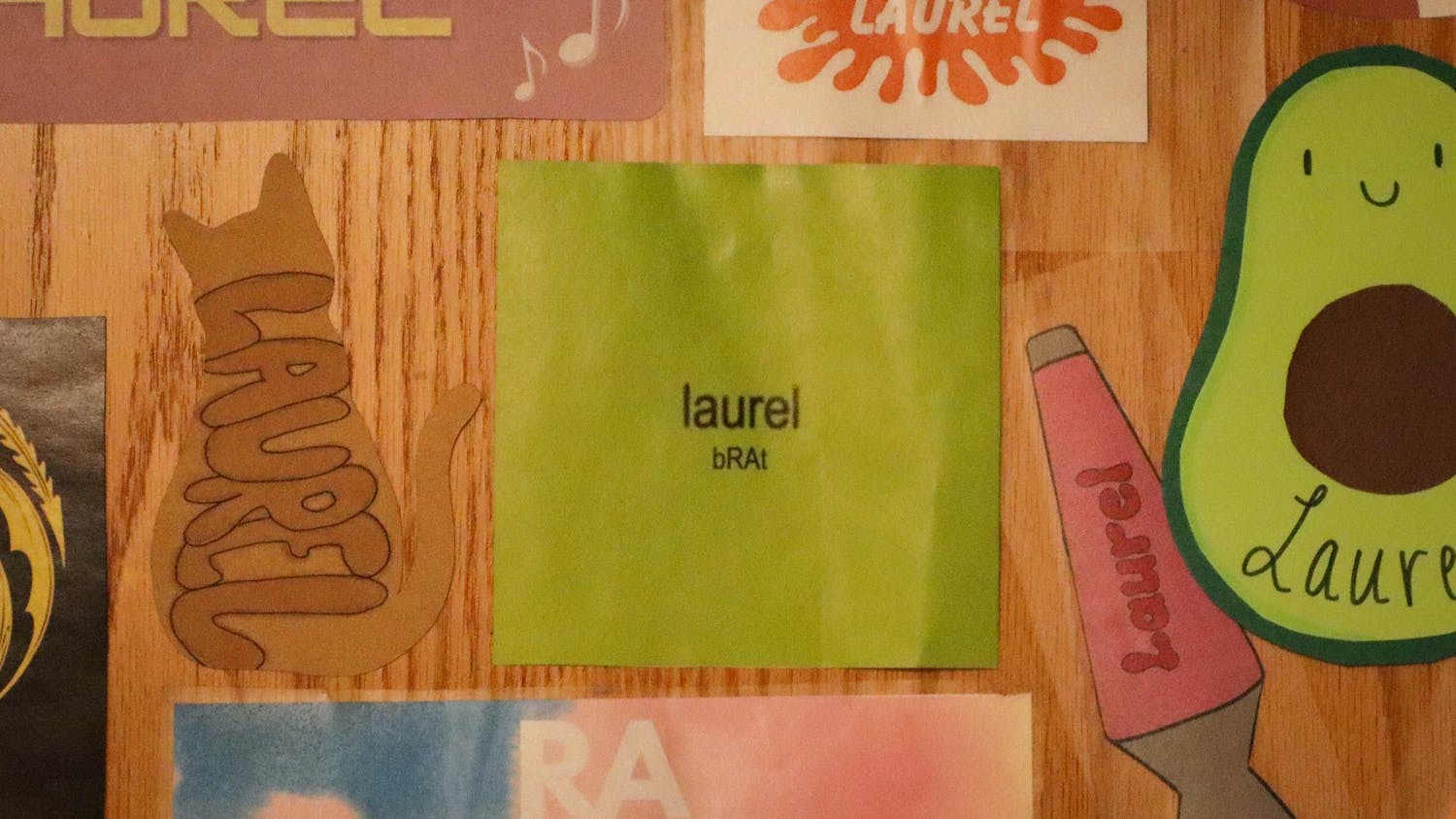URBANA, Ill. -- Researchers at the University of Illinois are working with a radio-controlled helicopter to help them grow bigger and better crops.\nThe miniature jet-powered helicopter carries a camera and the photographs can be used to identify fields or even portions of fields that could be infested with a particular weed or have a nutrient missing from the soil, said Lei Tian, an associate professor of agricultural engineering.\nTian's research is one of the newest advances in the science of precision agriculture -- the use of technology to measure variability of conditions in the field. Nearly all his experiments so far have been conducted at fields at the university's farms south of the Urbana-Champaign campus.\nSatellites and airplanes have been used for years to help scientists and farmers monitor weeds or the movement of pests. But those photographs are often out of date before they're available to use, Tian said.\nUnlike a satellite or an airplane, the radio-controlled helicopter can be maneuvered to take a photograph from a low altitude, and it can hover so the camera can be aimed to a specific spot or angle. All it takes is an experienced person at the controls, Tian said.\n"If you're trying to identify where the roads are or where the building is, it doesn't change much," Tian said. "But if you're trying to identify variability in the field, it's changing day by day. So we believe there must be a best time to identify certain problems.\n"We want to be able to get into the air and track data any time we feel we may get some feature we can extract," he said.\nThat ability could allow researchers to create a "crop calendar" of sorts by photographing a field at various times during the growing season.\n"We want to pinpoint the critical timing. To generate this kind of database, you need to have something that can provide really high resolution images to qualitatively identify the problems," Tian said.\nUsing the small helicopter to find the best time and place to apply fertilizer or other chemicals makes sense because it can do so quickly and accurately, said Mark Jenner, an economist with the American Farm Bureau Federation.\n"The reason we have nutrients running out drain tiles and going places we don't want them is that we just don't have the (proper) data," Jenner said. "Precision agriculture is a tool that producers have that allows them to put materials where they want them and get the best use out of them."\nThe helicopter is a custom-built machine measuring about 4 feet long and 2 feet tall. It's made of aluminum tubes and lightweight plastics and is perfectly balanced to carry the weight of a digital camera inside a spherical nose cone, said its designer, Brett Nelson.\nNelson, who has been flying remote-controlled aircrafts most of his life, owns a company named Chopper Cam in Point Roberts, Wash. Tian chose him about two years ago to work on the project because of Nelson's experience with radio-controlled aerial photography, including work on commercials and movies, including "The Long Kiss Goodnight."\nThe chopper generally flies at an altitude of 300 to 600 feet, depending on the data needed, Tian said. It is operated by a pilot who works the radio controller and another operator who remotely controls the camera, which sends images to a video monitor so scientists can make decisions about the composition of a photograph before it is taken, he said.\nOne UI graduate student is trained to fly the machine, and a local hobby pilot will help out, Tian said. Ultimately, he'd like to automate the helicopter so it could be controlled by a computer programmed with a predetermined route and altitude.\n"We see this as very economical way for the ag industry to collect remote sensing data any time they want," Tian said. "It could be (a) farmer would need only a tractor, a combine and a helicopter like this to do the farming"
Professors work to grow better crops
Get stories like this in your inbox
Subscribe





